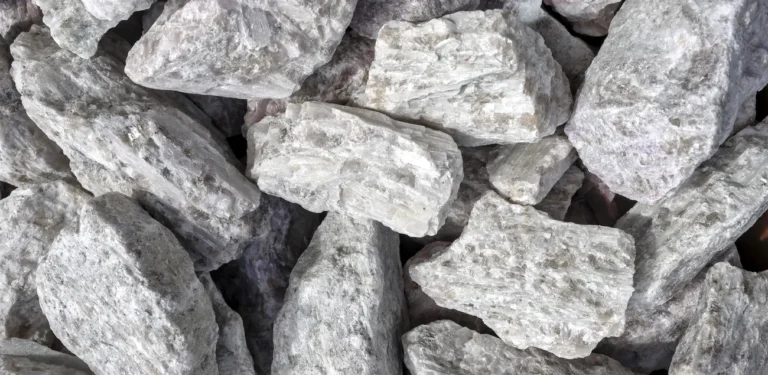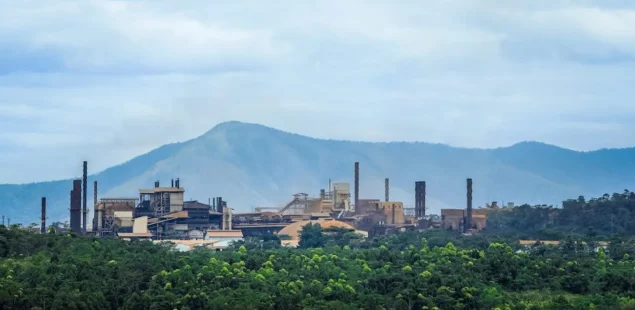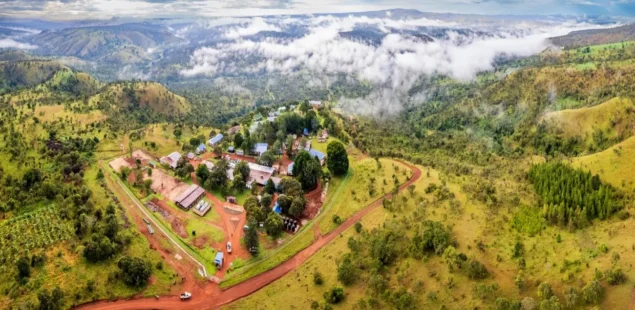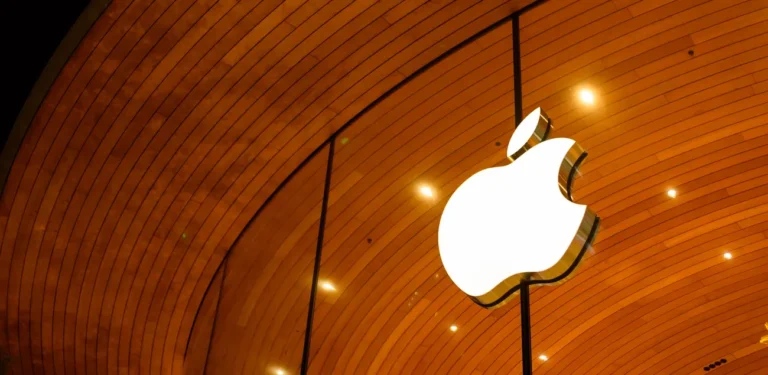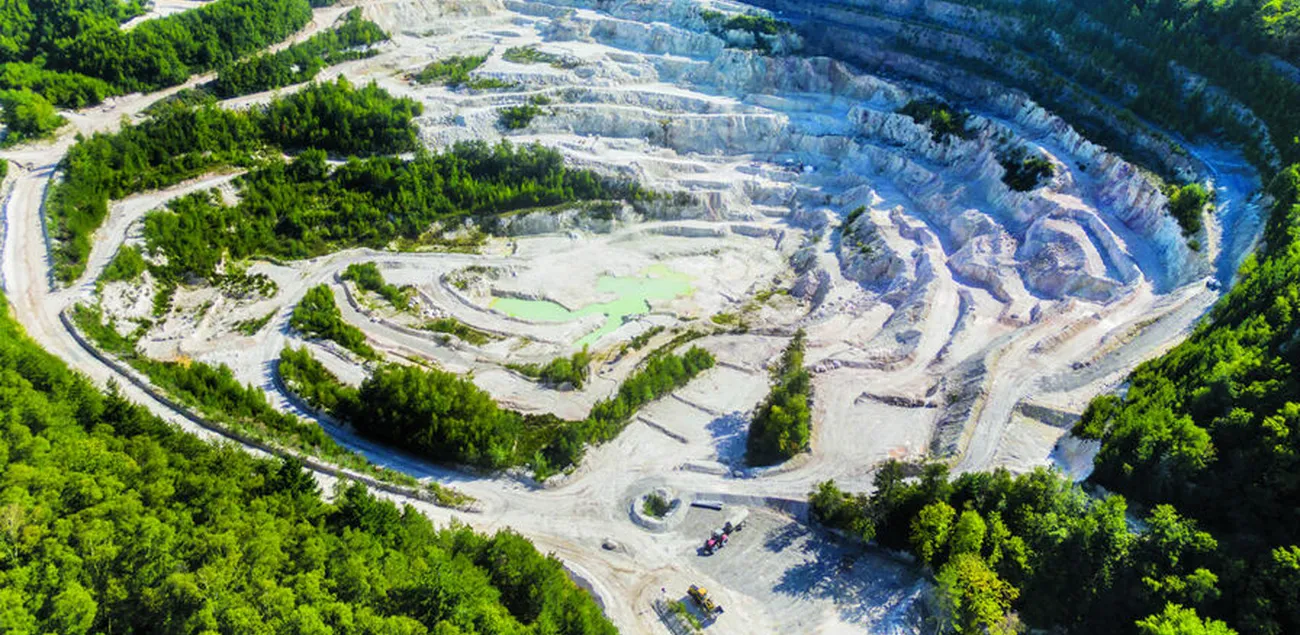
Imerys, the specialty minerals group, is moving ahead with the Beauvoir (Emili) lithium project in central France—but the start of commercial production is now pencilled in for 2030 after a longer-than-expected public debate and permitting process, plus a tougher price backdrop. A completed pre-feasibility study (PFS) outlines indicated and inferred resources of 373 Mt at 1.0% Li₂O, supporting 50 years of output and a nameplate capacity of 34,000 t/y of lithium hydroxide—an upgrade from earlier “25+ years” and a 2028 launch. The PFS also lifts capex to €1.8 billion (about $2.06 billion) and confirms eligibility for a €200 million ($229 million) French investment tax credit.
PFS lifts scale; production now planned for 2030
Imerys says drilling and mine studies indicate a larger, higher-grade core (69 Mt at 1.22% Li₂O) within the Beauvoir granite, positioning Emili among the world’s largest hard-rock lithium deposits. Process flowsheets have been piloted to battery-grade lithium hydroxide, with projected cash costs narrowed to the low end of €7–9/kg, placing the project in the second quartile of the global cost curve. Commercial output, initially targeted for 2028, is now scheduled for 2030; a final investment decision must be taken by end-2027.
Capex, funding and policy support
The capex increase reflects ESG requirements and inflation. Imerys will pursue engineering optimisations and outsourcing to reduce the bill and is “exploring partnership options” given market conditions and project size. Emili has been declared a Project of Major National Interest in France and a “Strategic Project” under the EU Critical Raw Materials Act, potentially easing permits and unlocking funding alongside the C3IV tax credit. At today’s exchange rate of €1 = $1.144, the €1.8 billion budget equates to about $2.06 billion, and the €200 million credit to $229 million.
Permitting, sites and ESG
The mine and conversion plant are located in Allier (Auvergne–Rhône-Alpes). Imerys has selected two sites in the department for extraction and transformation and is advancing permits for an industrial pilot this year. The company says French power mix and process design should limit scope 1–2 emissions to ~3.9 tCO₂/t LHM and keep water use among the lowest globally. The 2024 public debate surfaced local concerns over land and water; Imerys says it will adopt IRMA standards and maintains the project could support ~1,500 direct and indirect jobs when fully operational.
Market context: price slump and cautious sequencing
Lithium prices have fallen sharply from 2022 peaks, with China spot lithium carbonate around CNY 72,000/t and spodumene (6% Li₂O, CIF China) assessed recently at $820–880/t; Fastmarkets’ LiOH (CJK) spot sits near $7.70–8.70/kg. Producers and developers have trimmed capex and slowed timelines, even as demand rises. Imerys’ shift to a 2030 start aligns with a market working through near-term excess supply and a volatile price deck.
Company Background and Market Context
Paris-based Imerys is a leading industrial minerals supplier that unveiled Emili in 2022, initially guiding for 34,000 t/y lithium hydroxide from 2028 and a mine life of at least 25 years. Emili sits beneath Imerys’ Beauvoir kaolin operations at Échassières and would deliver integrated mining and conversion within France, where the conversion plant siting in Allier was confirmed in 2024. The latest PFS doubles the mine-life outlook and formalises a later start date.
Lithium sits at the heart of EV and stationary storage supply chains. Prices remain far below 2022 highs, with sporadic rebounds in 2025, and most analysts still point to structural demand growth. That said, developers are phasing capital to ride out volatility. For Europe, a domestic Emili supply—if delivered on the revised schedule—would modestly trim import dependence and help anchor a regional cathode and cell ecosystem.
